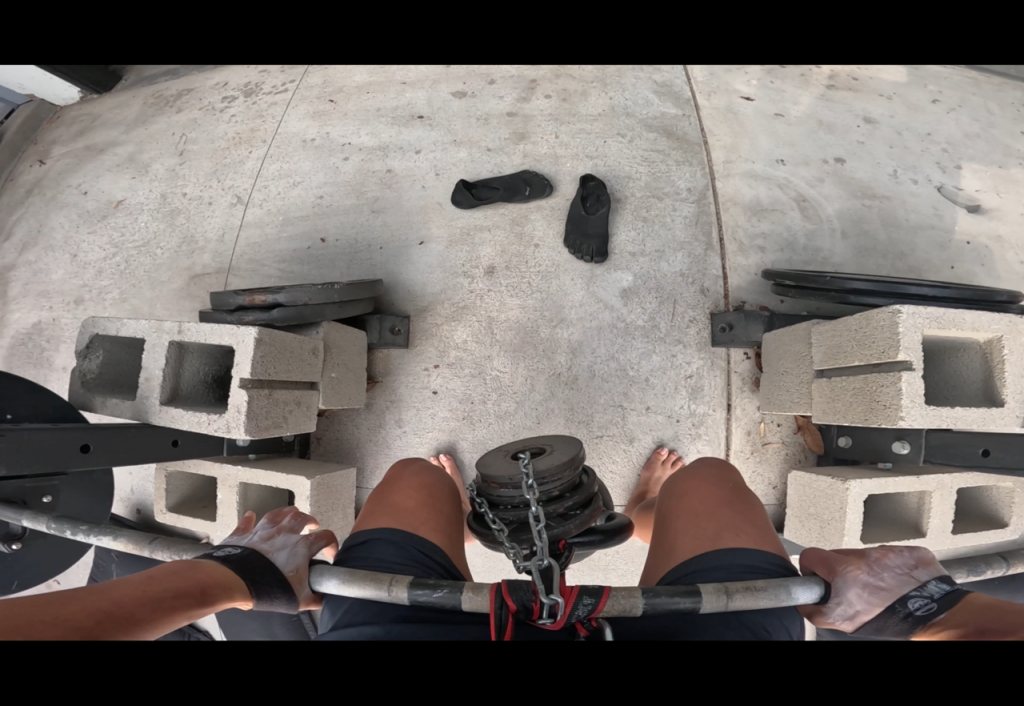



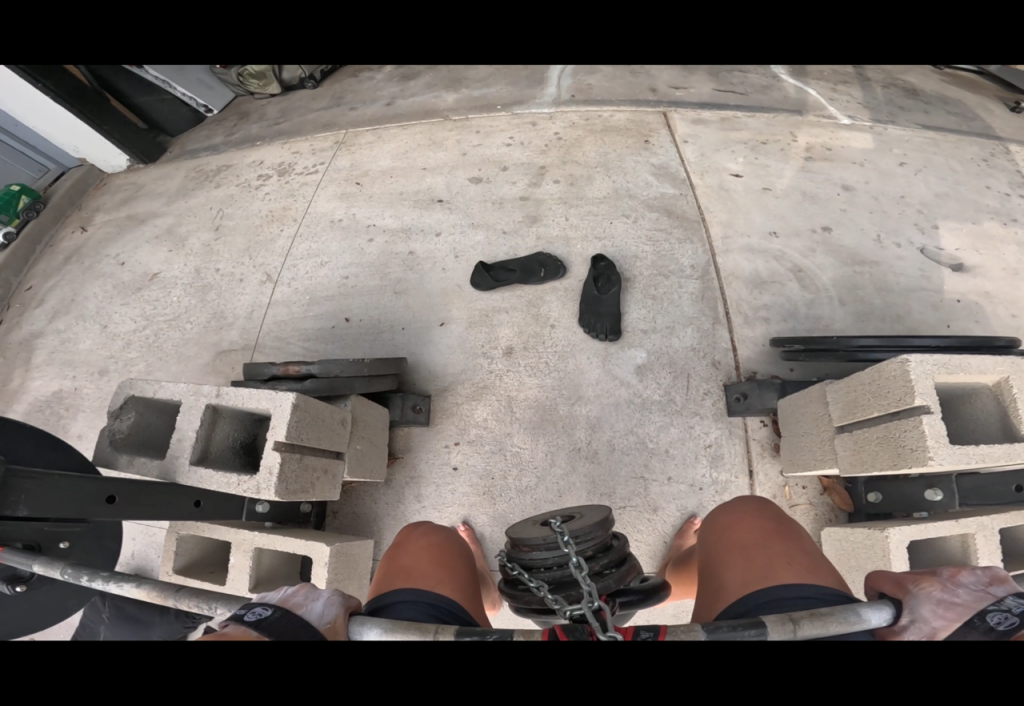
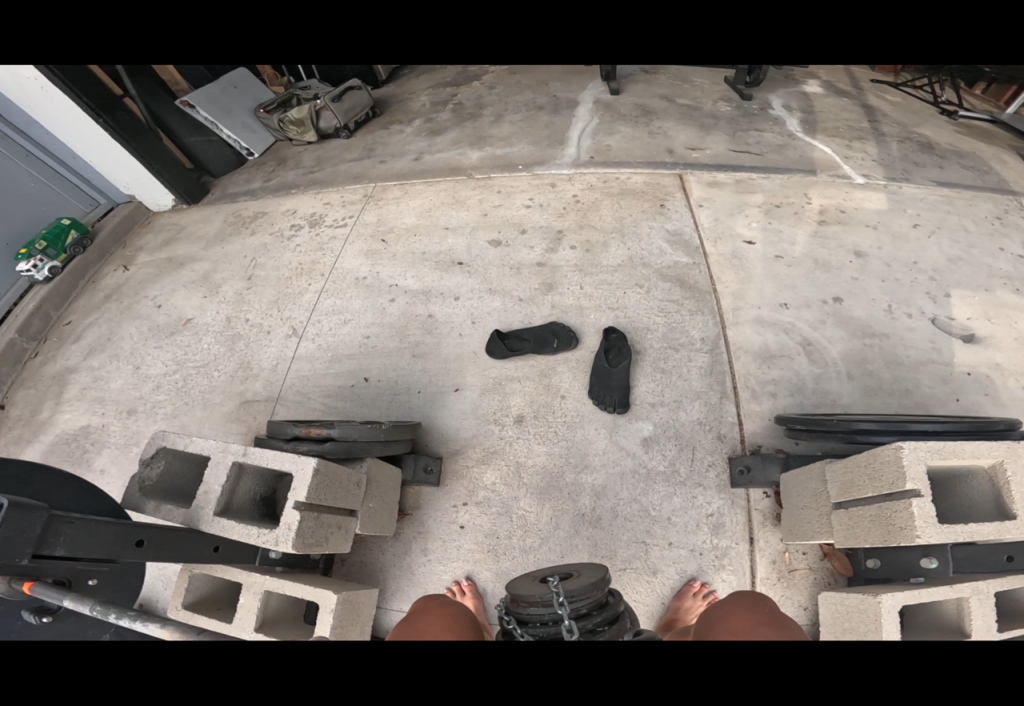
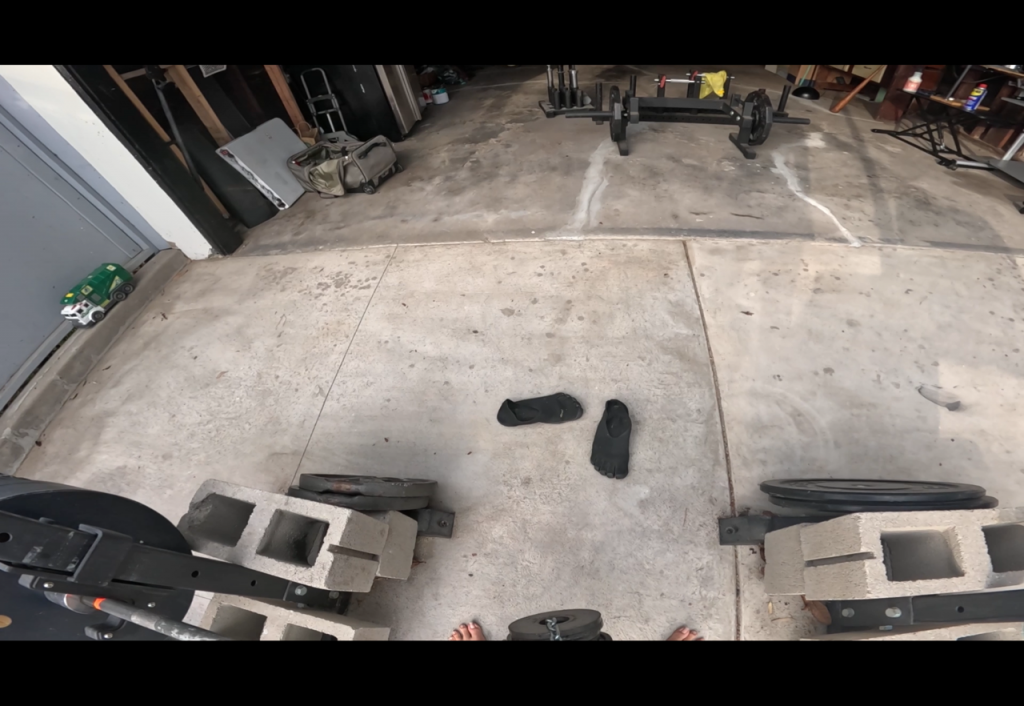

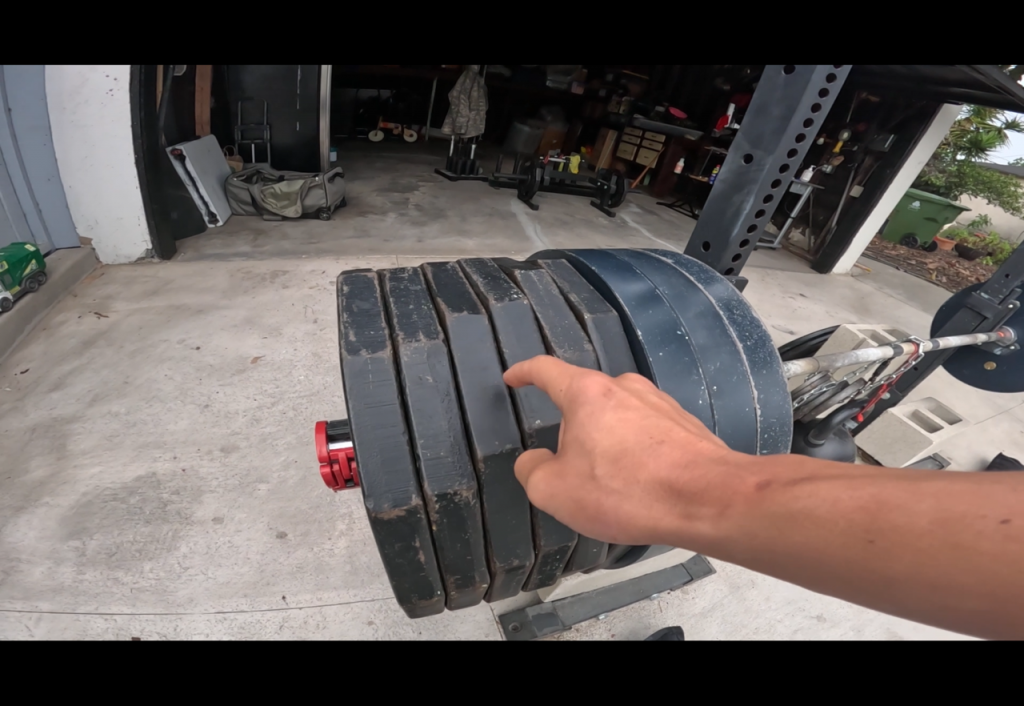
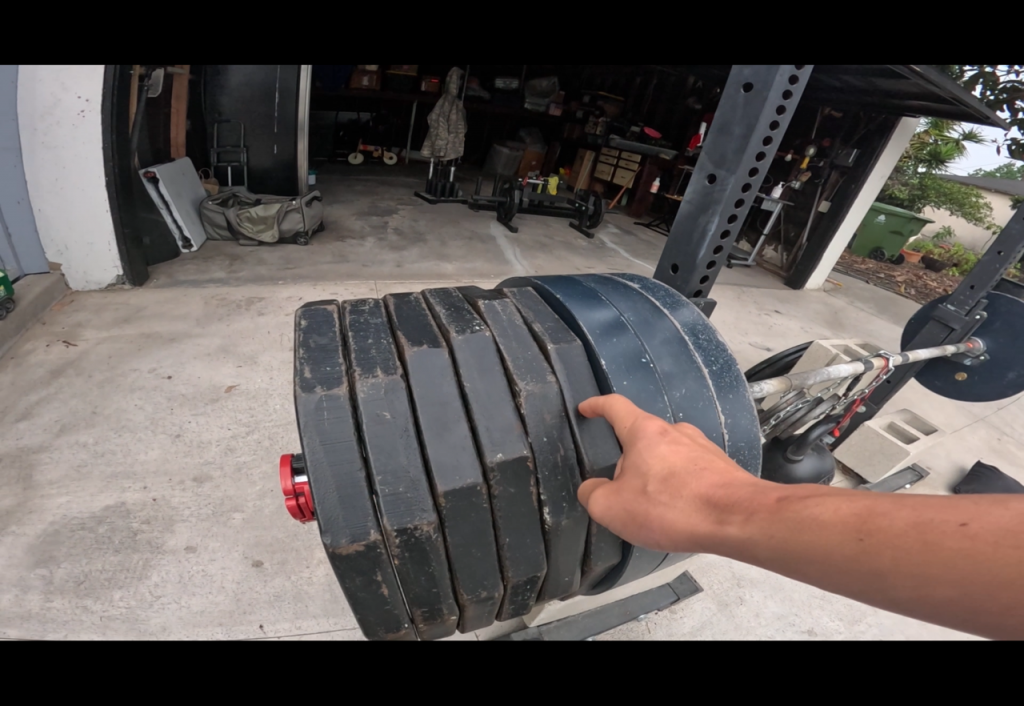
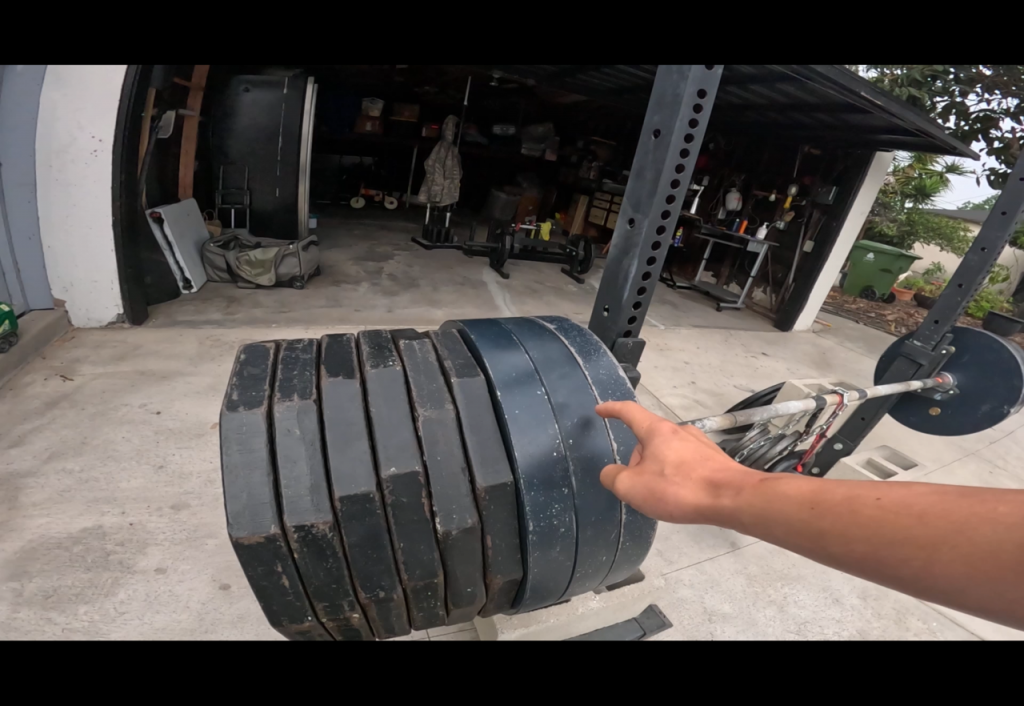

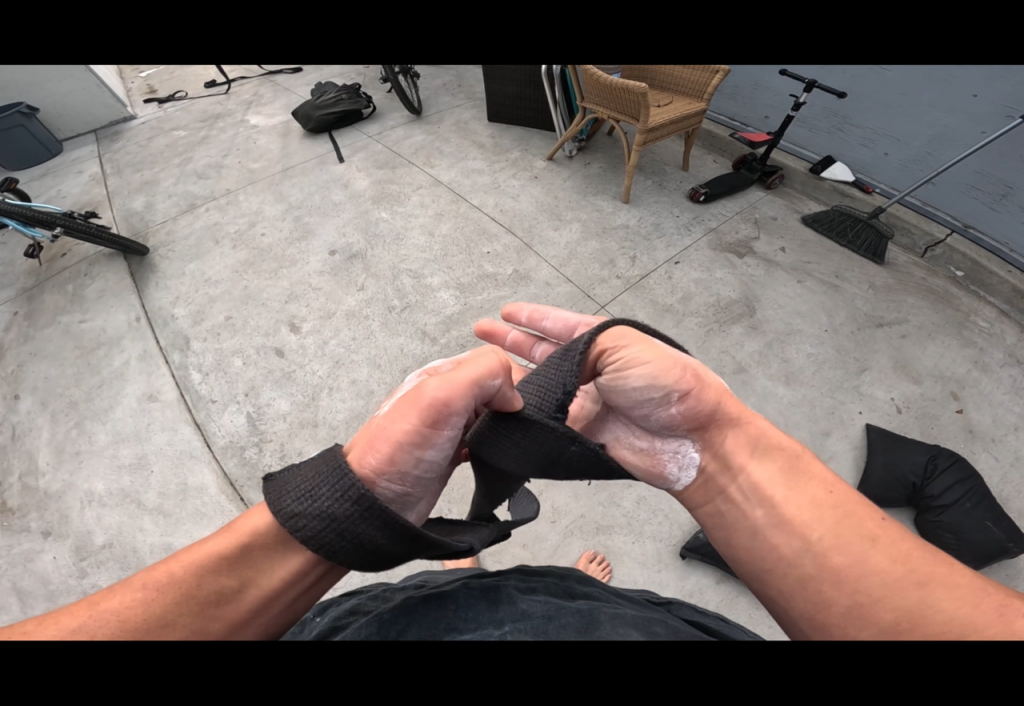


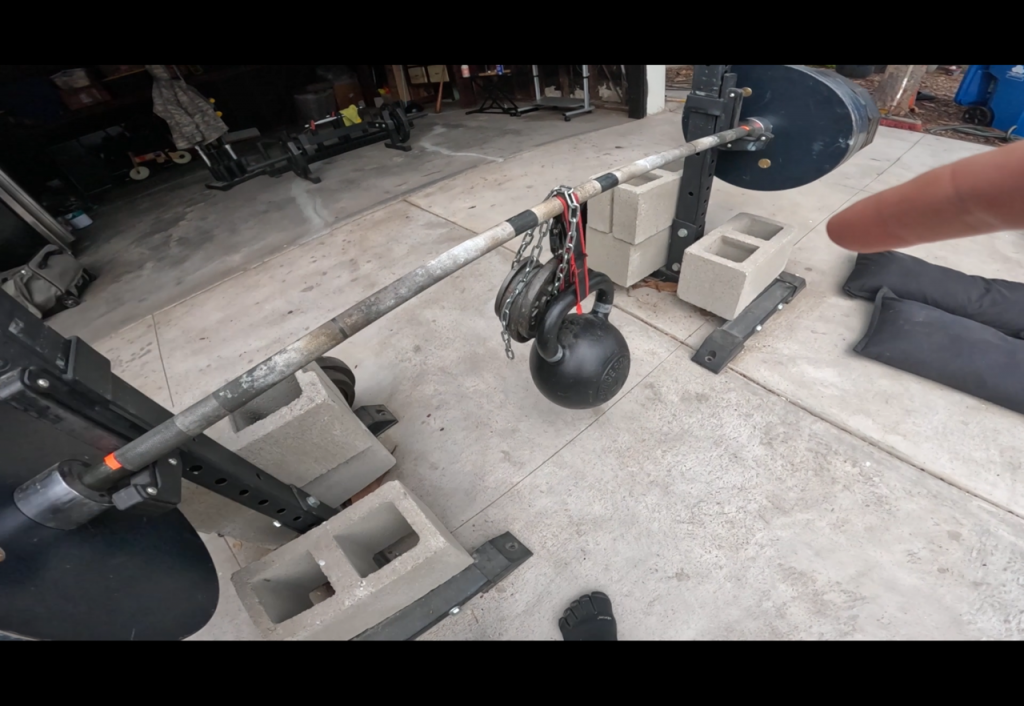




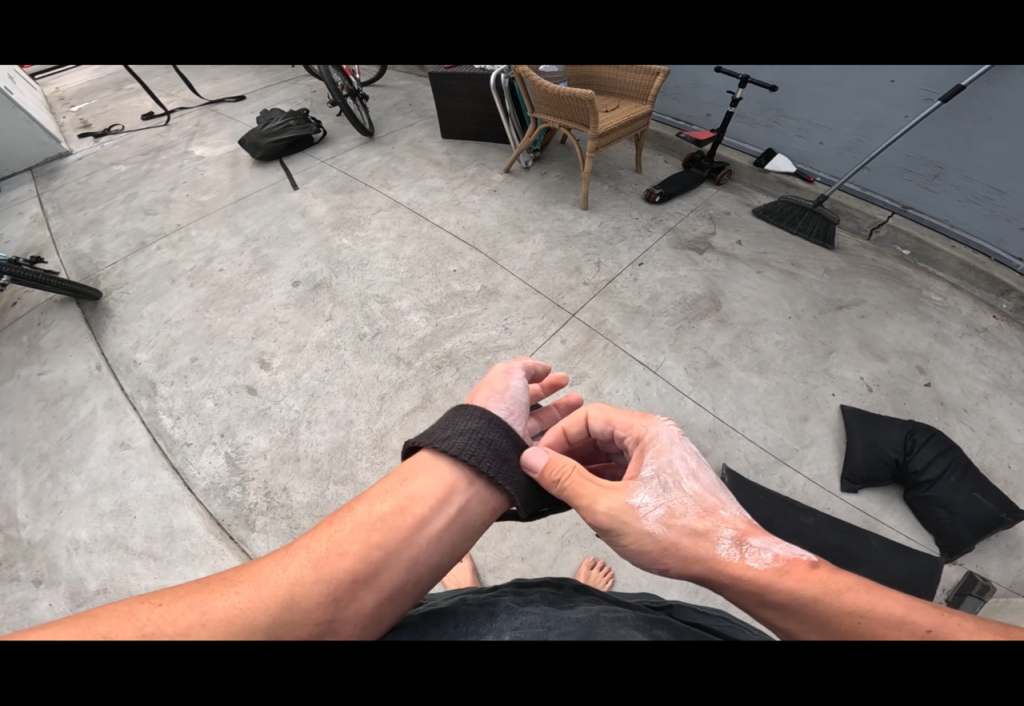
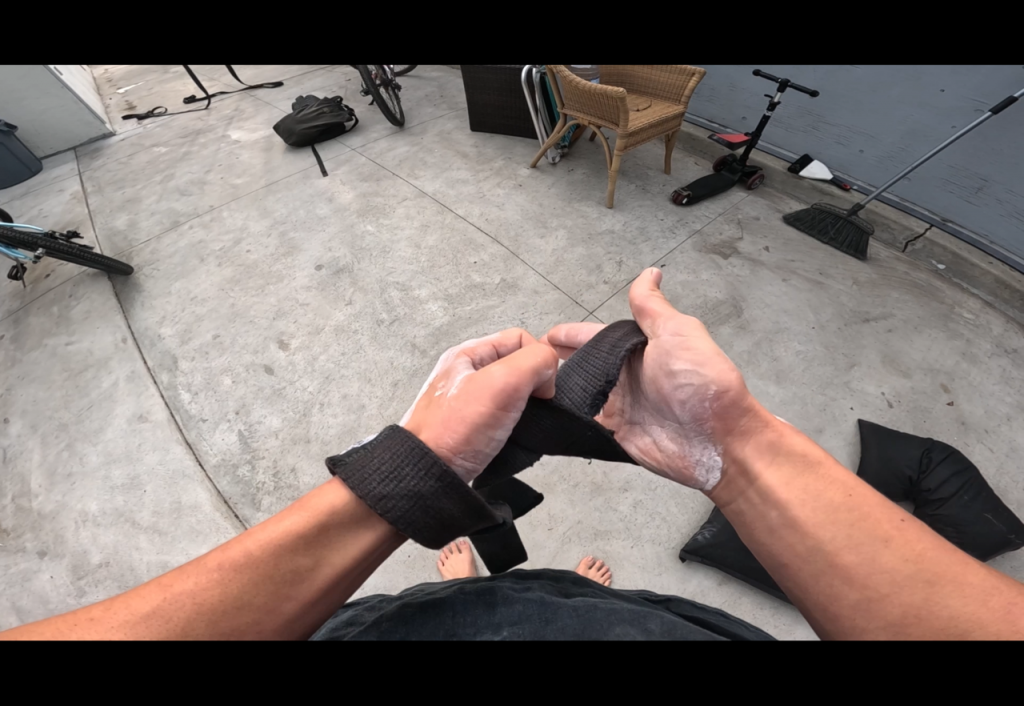
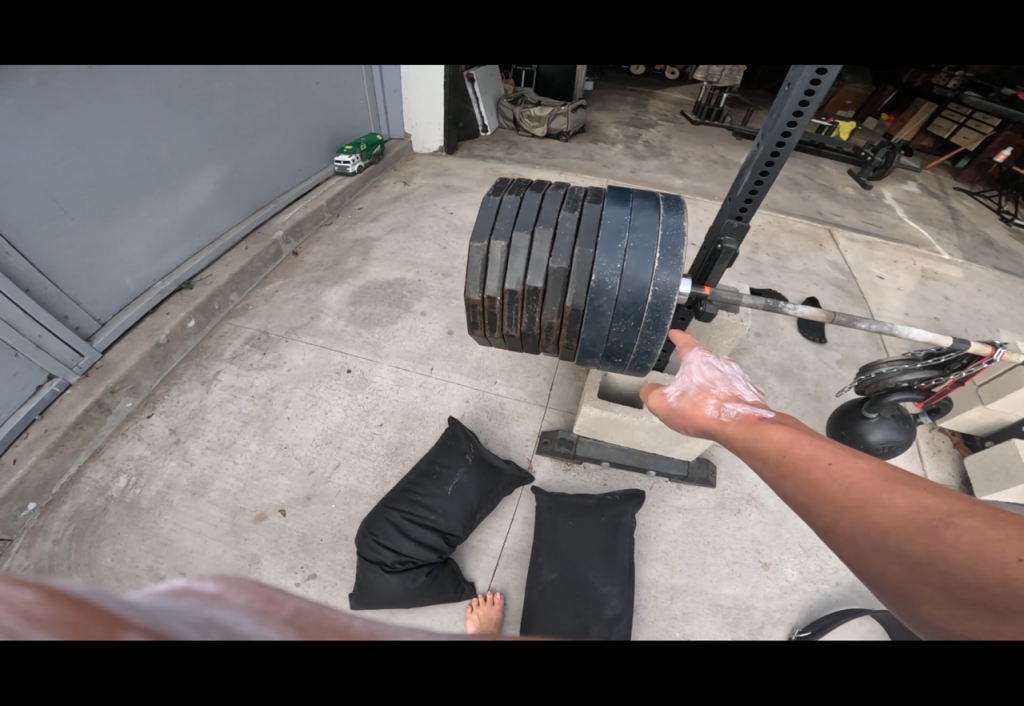
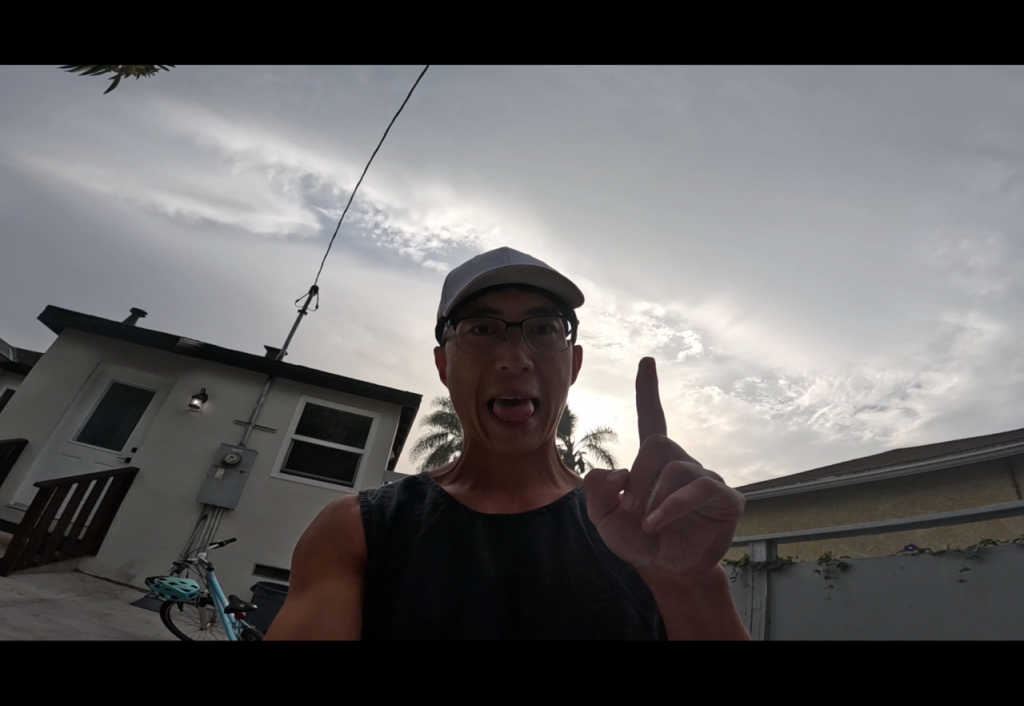
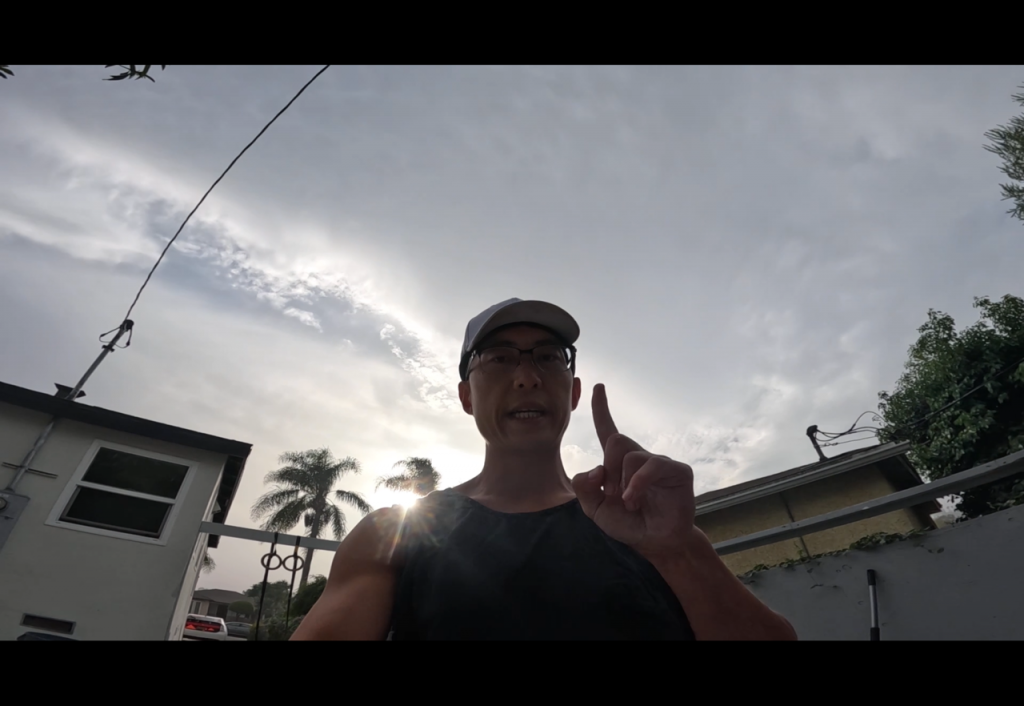
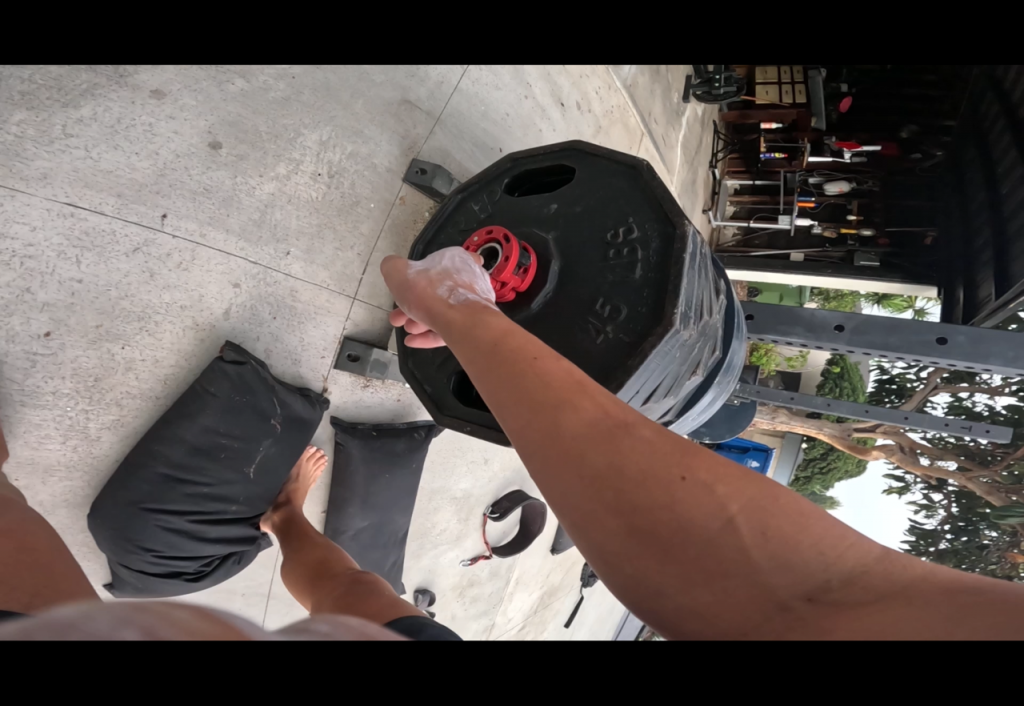
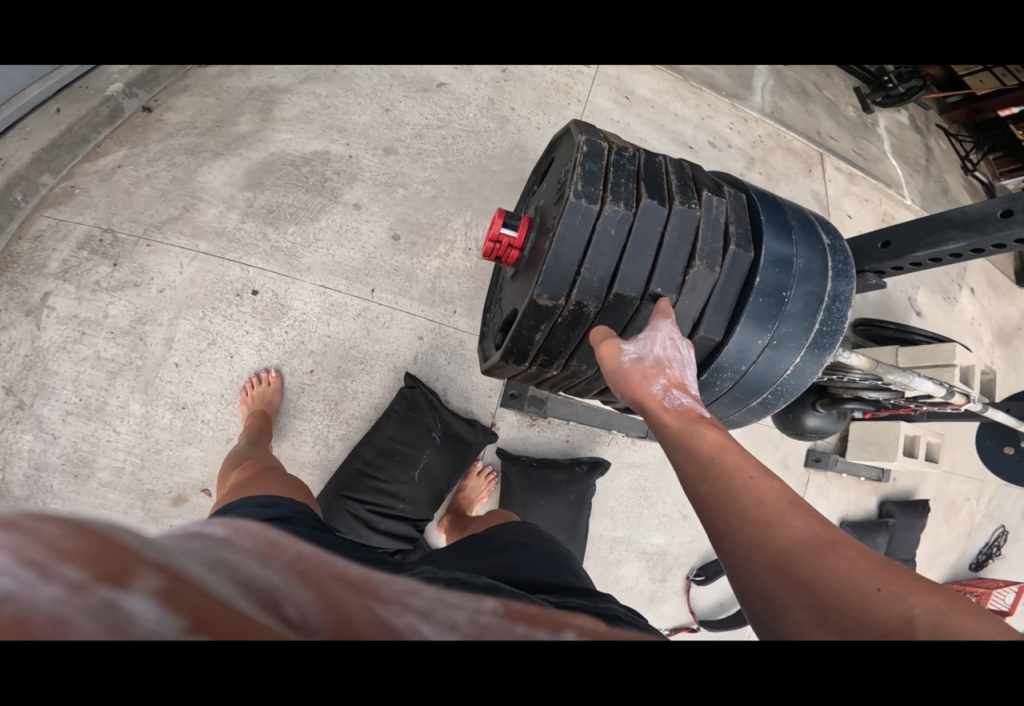

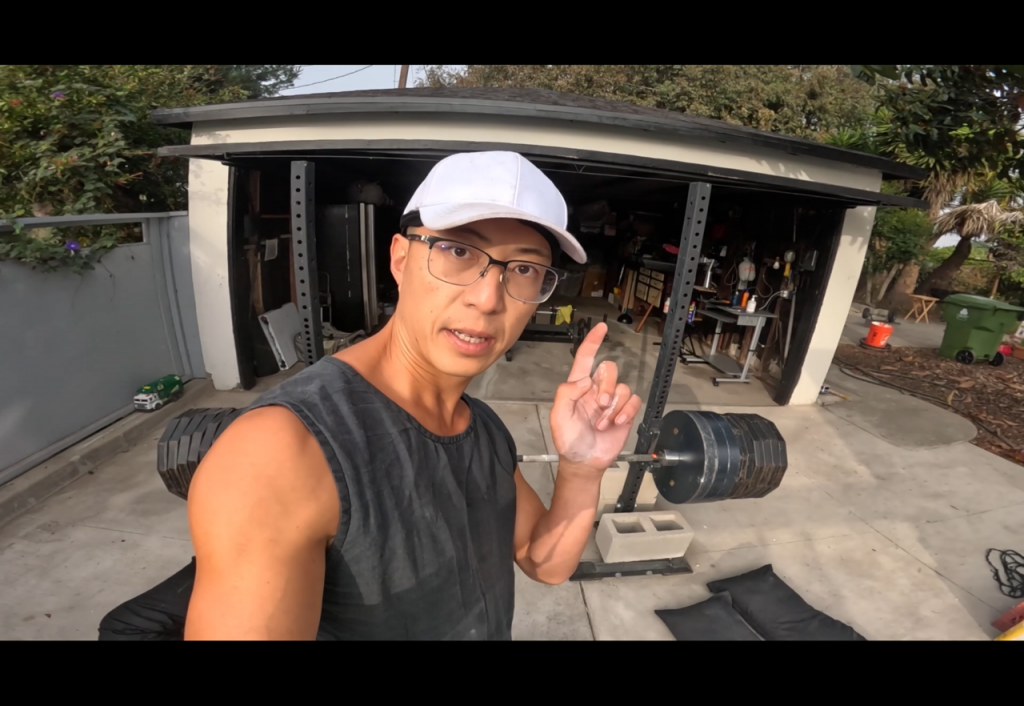
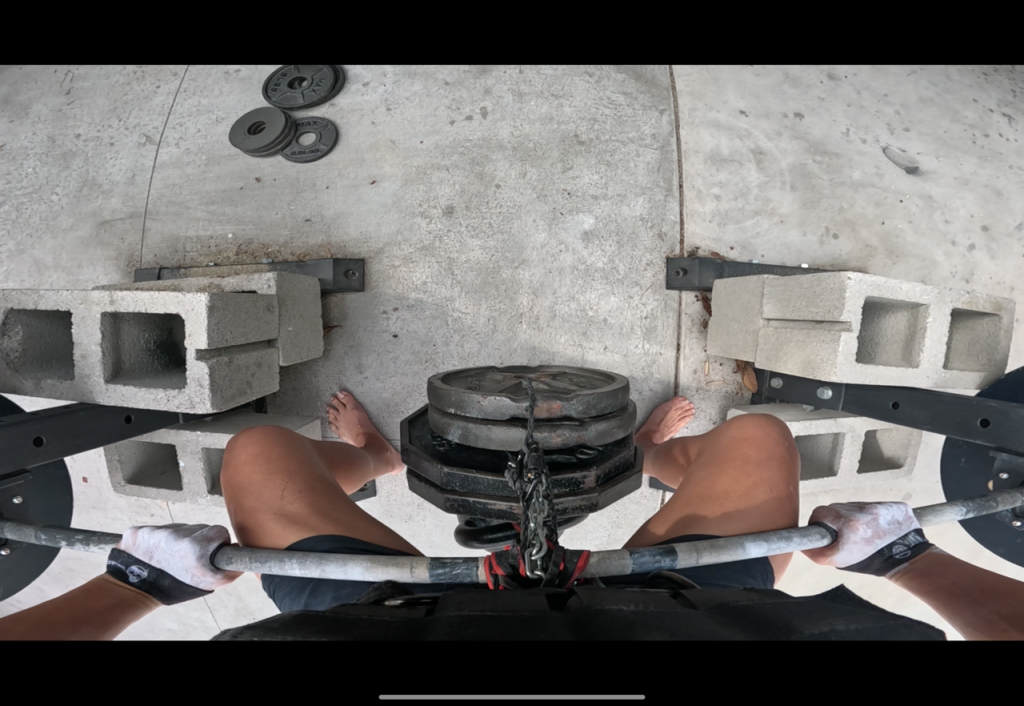
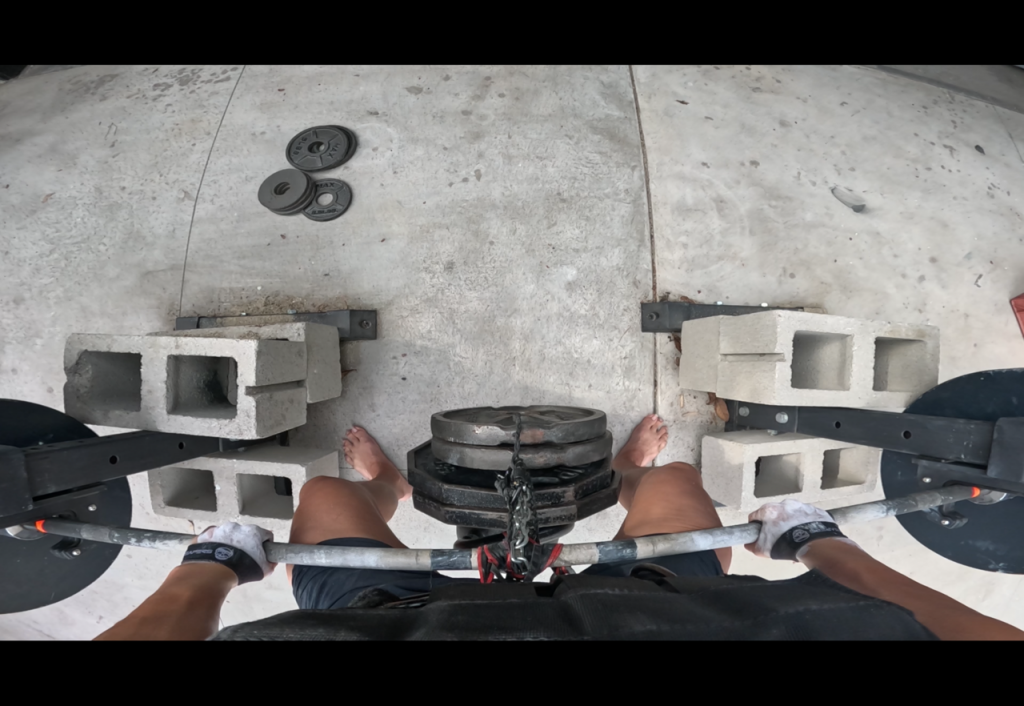

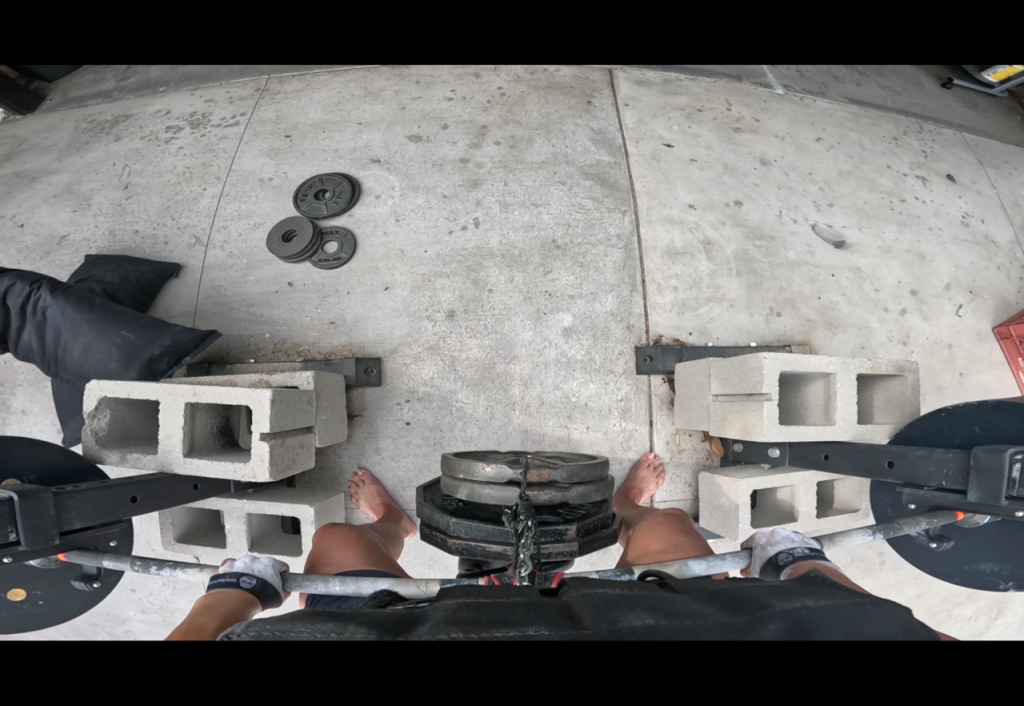
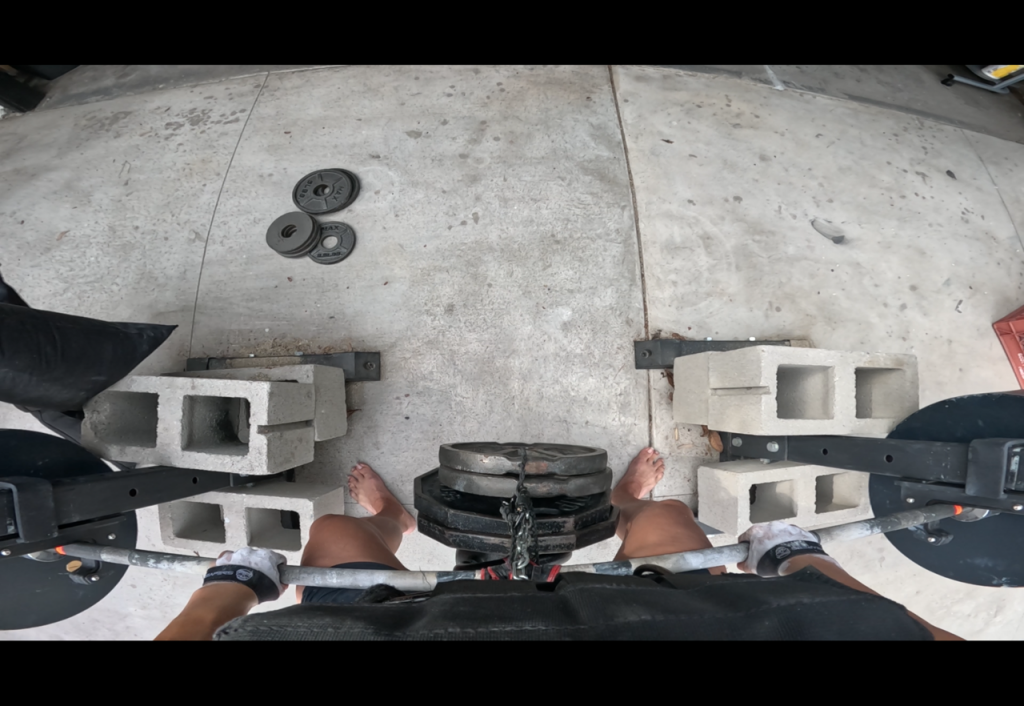
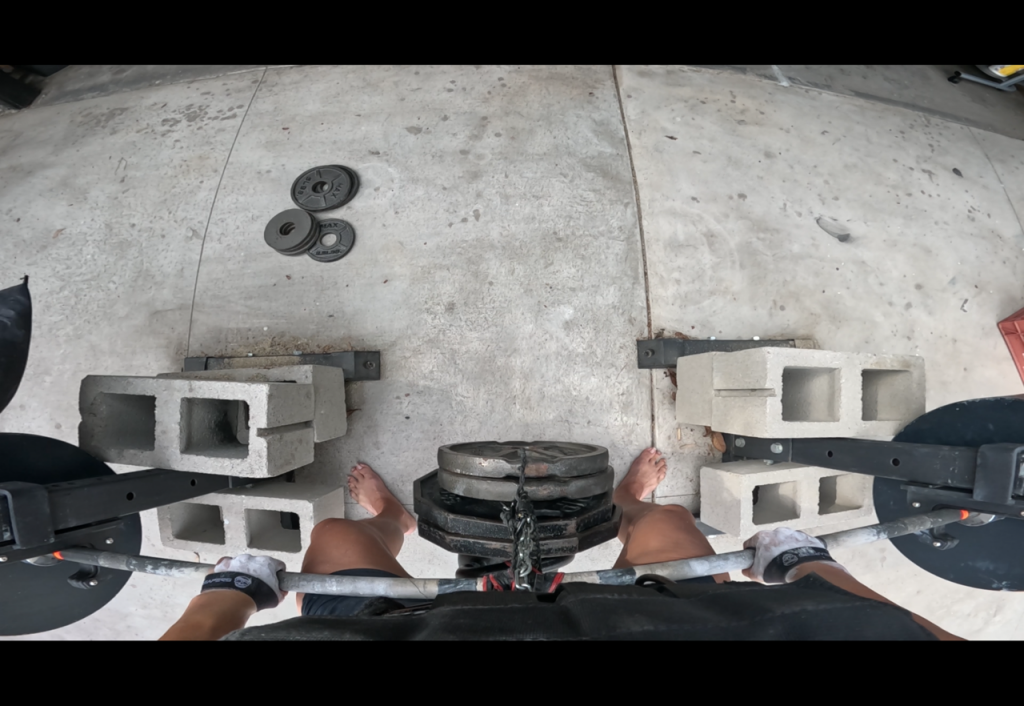
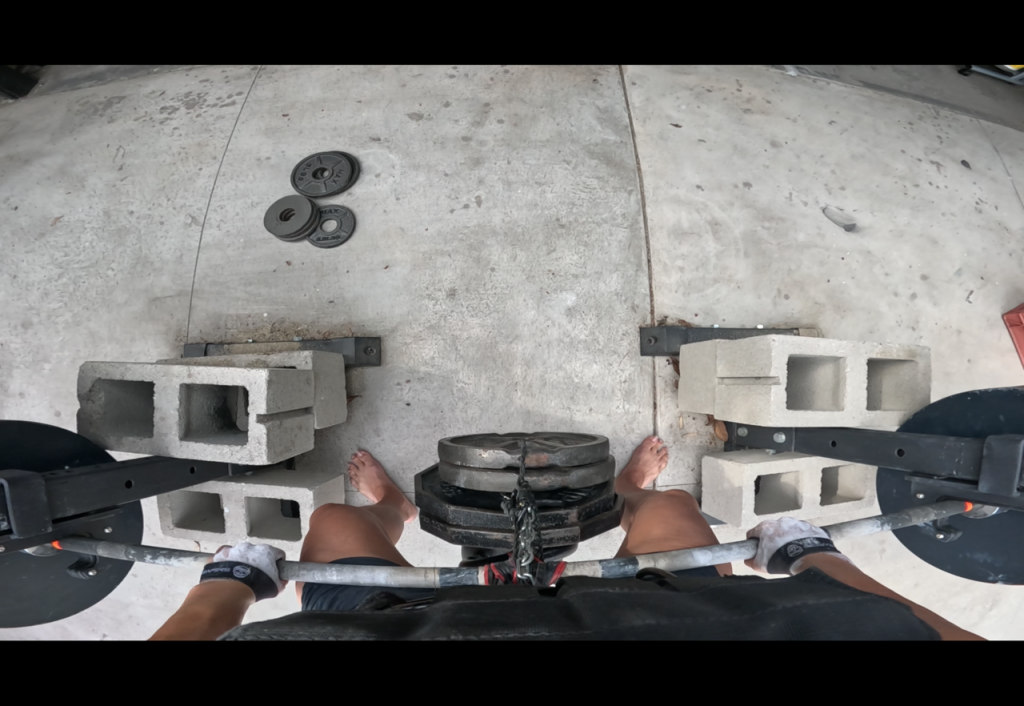

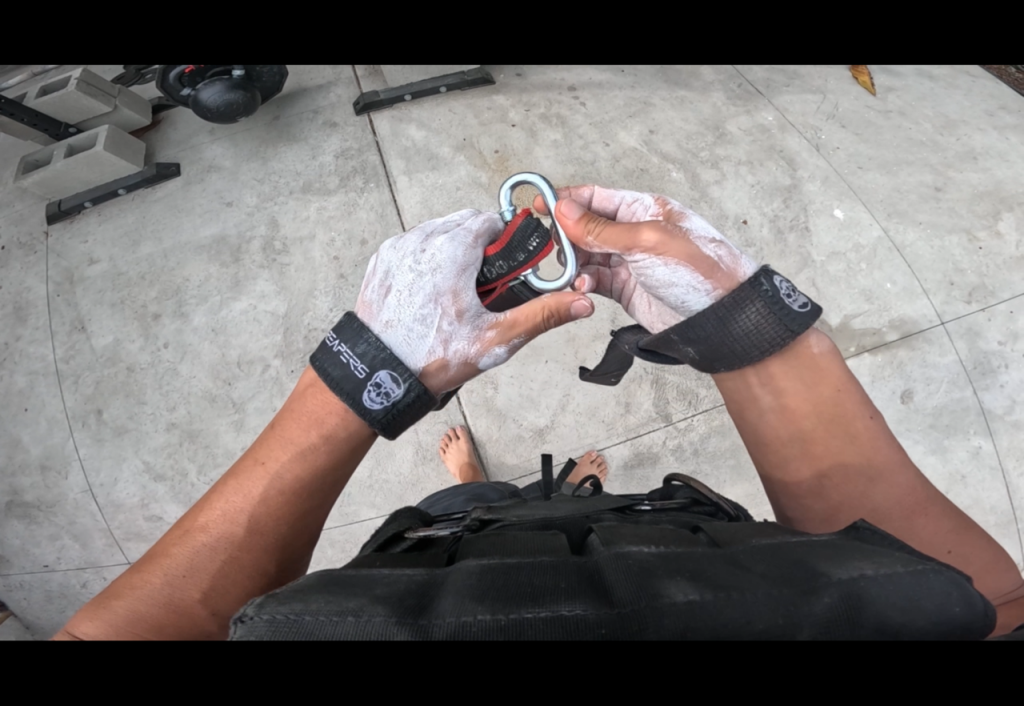
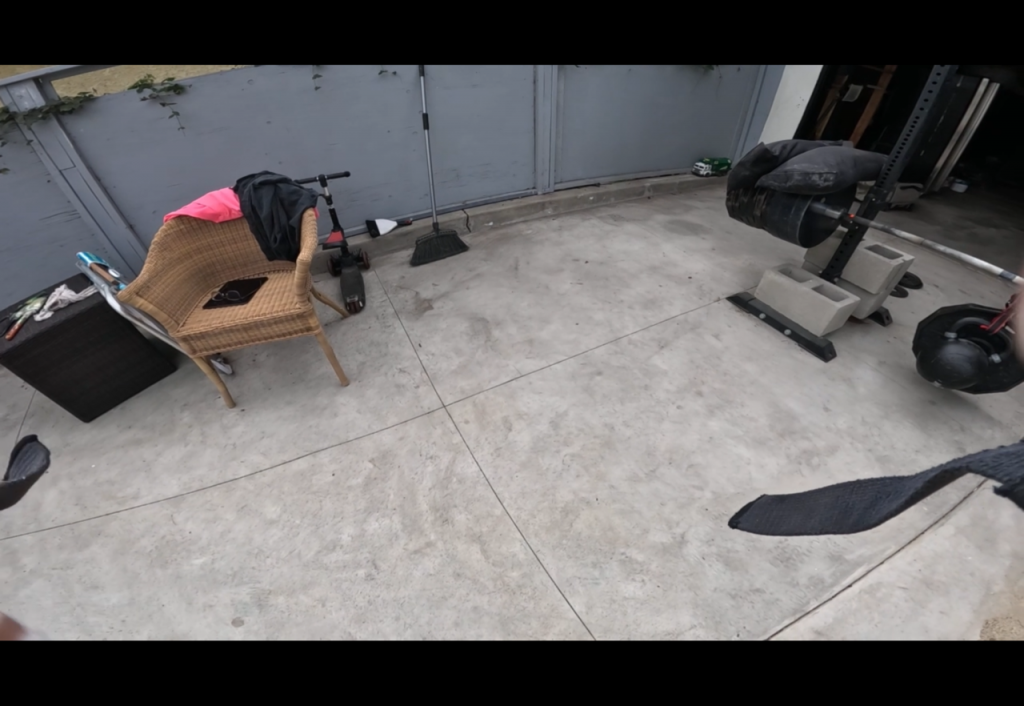


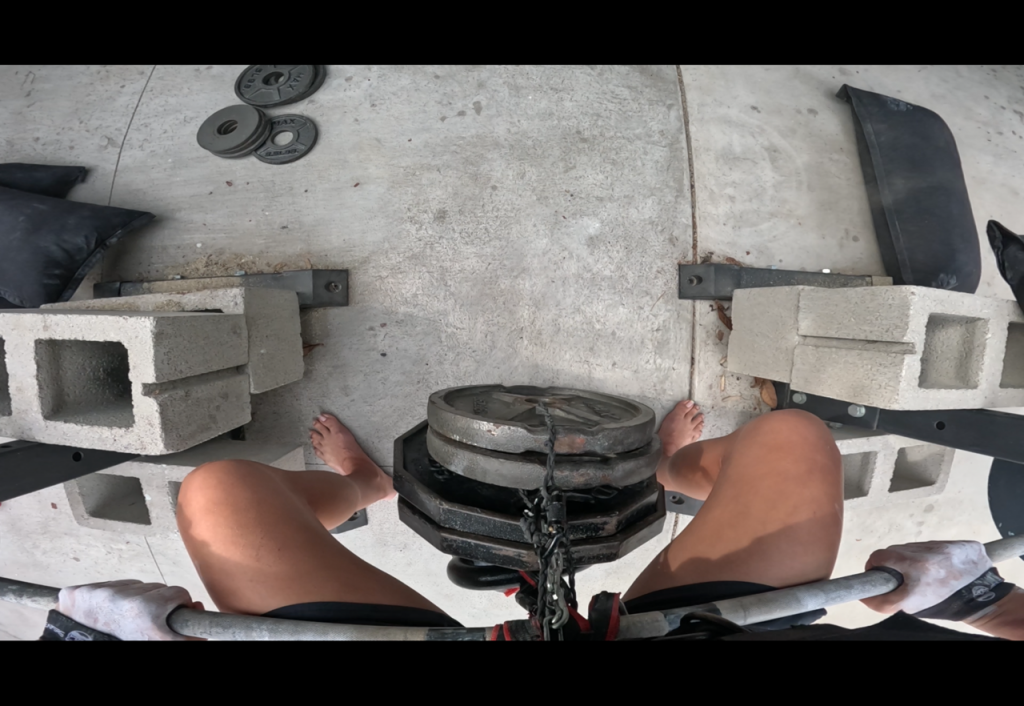

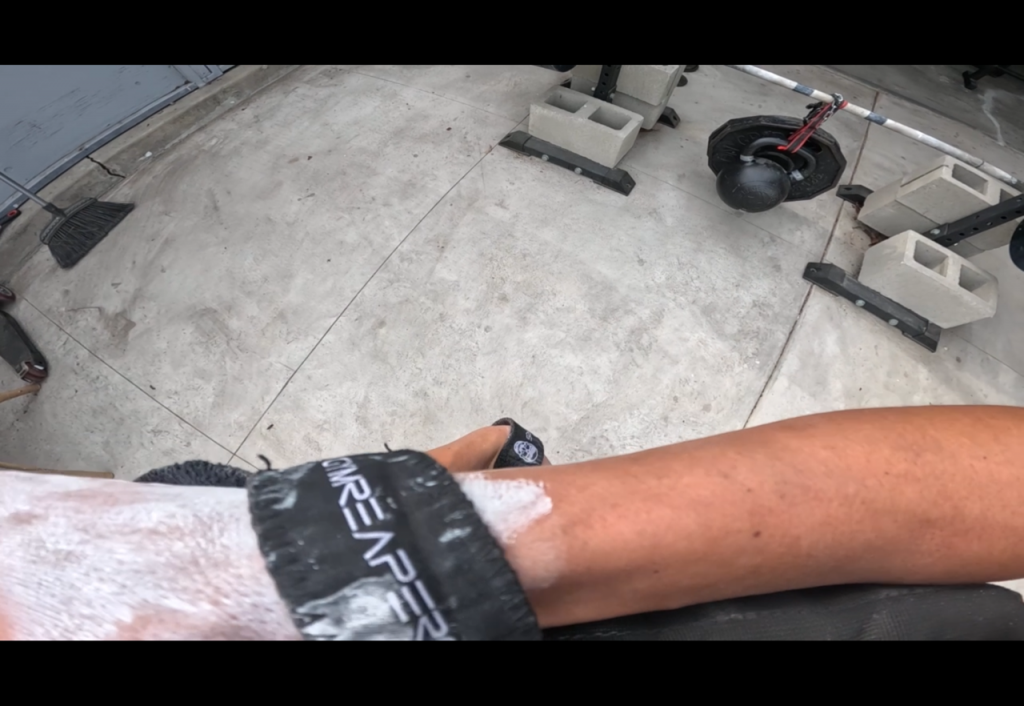
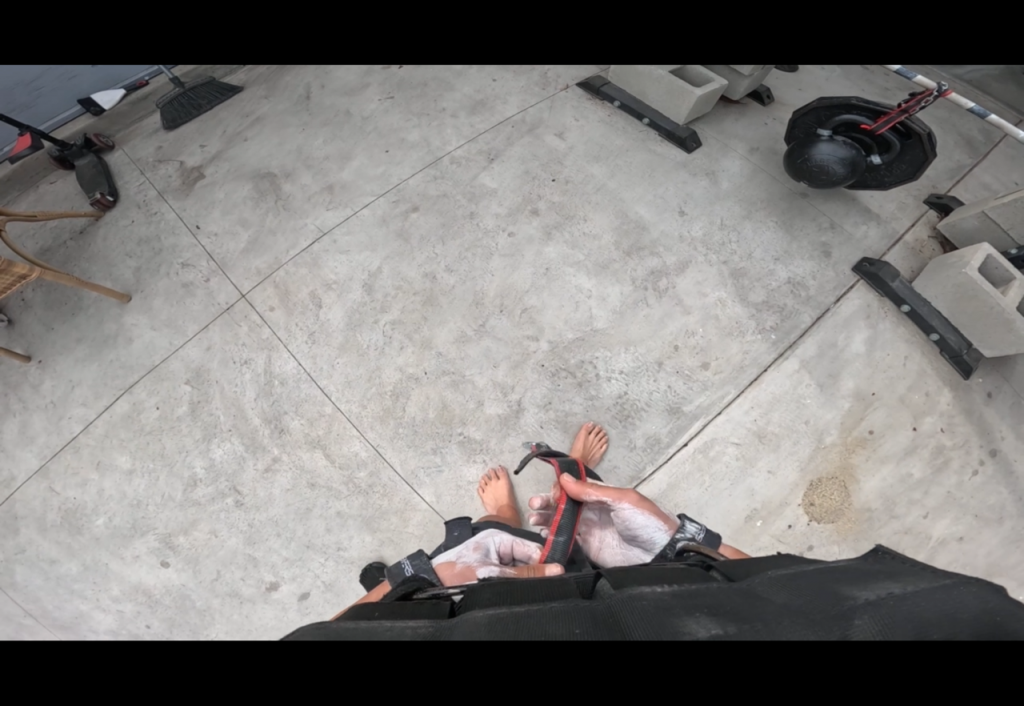
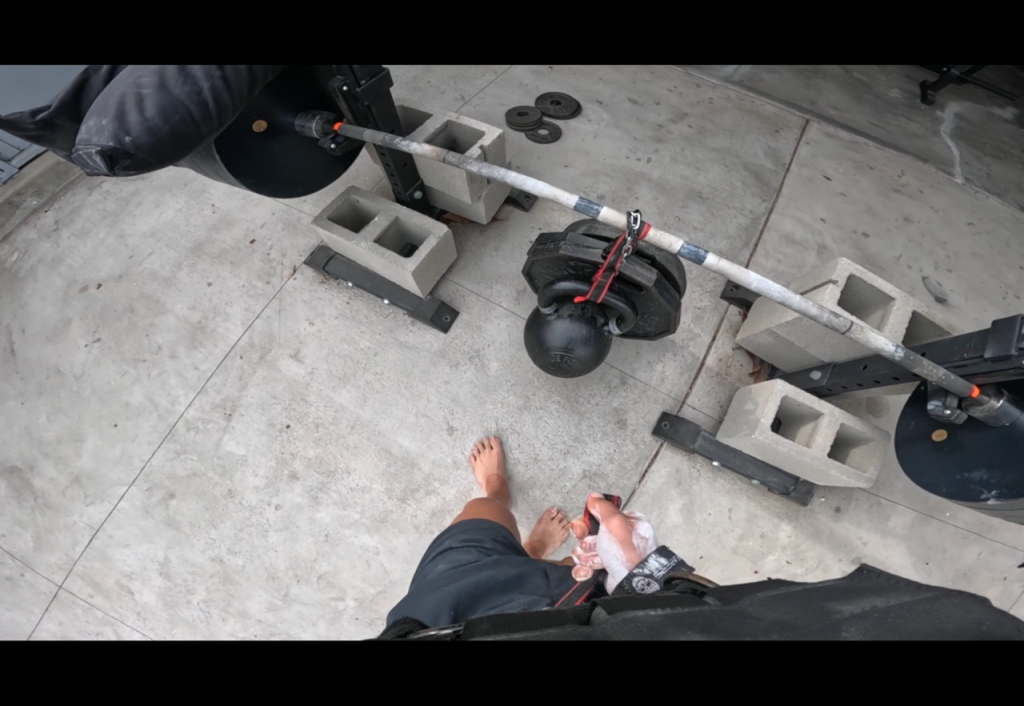
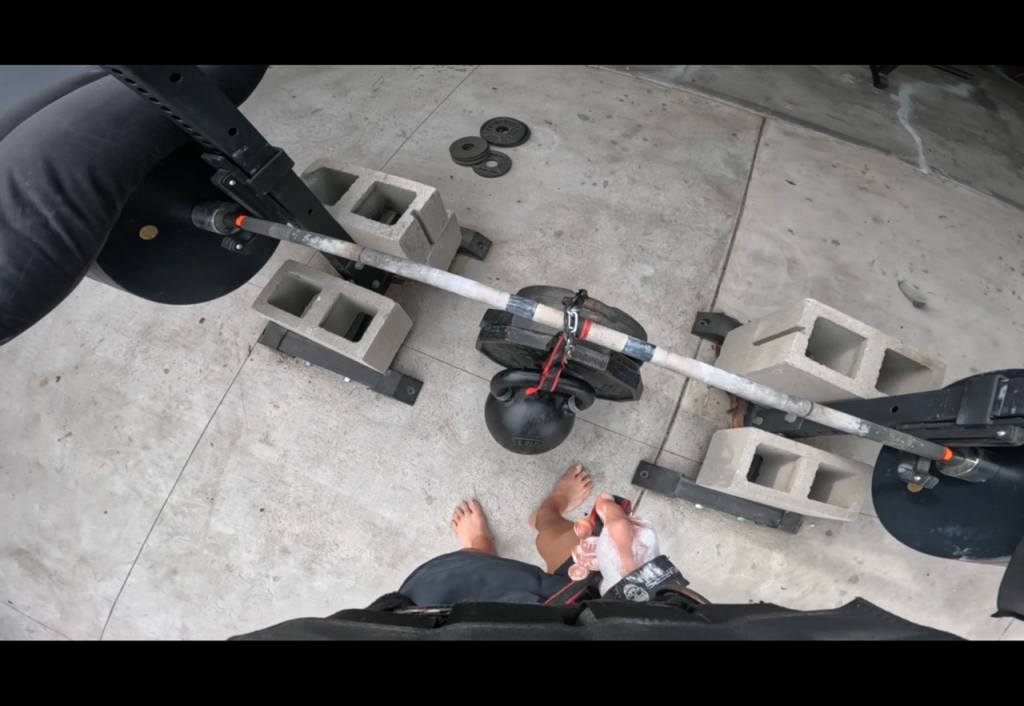
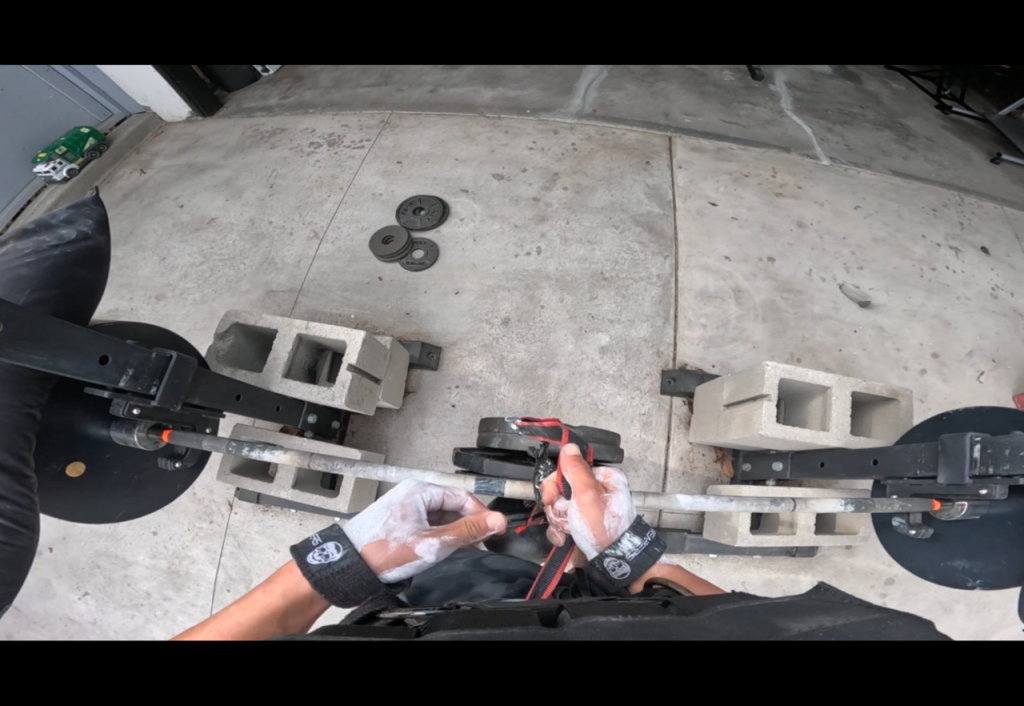
Being outside isn’t just “nice” — it’s biochemical warfare in your favor. UV + full-spectrum daylight = a massive physiological software update. Here are the hidden levers the sun is pulling on your body:
First: obvious but deep — vitamin D steroid-hormone power
UVB hits your skin → converts 7-dehydrocholesterol into vitamin D₃. This isn’t just “strong bones”; vitamin D acts like a hormone that:
- Regulates calcium for bone + nerve function
- Modulates the immune system
- Influences cell growth and inflammation
- Is associated with lower risk of certain cancers and overall mortality when levels are adequate
You can supplement D — but the sun stacks D with a bunch of bonus effects pills can’t touch.
Second: UV = natural nitric oxide → lower blood pressure, better blood flow
When UVA hits skin, it liberates nitric oxide (NO) stored in the skin. That:
- Dilates blood vessels
- Can reduce blood pressure
- Improves blood flow and vascular function, independent of vitamin D
This is part of why blood pressure tends to be lower in summer and in sunnier latitudes.
Third: solar mood drugs — serotonin + beta-endorphins
Daylight exposure (especially morning) ramps up serotonin, the “feel-clear, feel-capable” neurotransmitter. Later, your brain converts that serotonin into melatonin at night → better sleep and more stable circadian rhythm.
UVB on the skin also triggers beta-endorphin release — your built-in opioid system:
- Mood elevation
- Relaxation + pain modulation
- That subtle “sun-drunk” happy feeling after being outside for a while
This is why indoor light never feels the same: you’re missing the biochemical cocktail.
Fourth: circadian rhythm lock-in (sleep, energy, testosterone, fat loss)
Bright outdoor light in the morning slams your internal clock into alignment:
- Suppresses melatonin at the right time
- Sets the “timer” for evening melatonin release
- Improves sleep quality and timing, which then cascades into better hormone regulation, appetite control, and recovery
Artificial light indoors is usually too weak and at the wrong spectrum to fully anchor this system.
Fifth: immune modulation: UV as an inflammation dial, not just damage
Low-dose UV doesn’t just “burn skin” — it reprograms immune behavior:
- UVB exposure expands regulatory T cells (Tregs) in the skin, including special pro-healing Tregs that help resolve inflammation and promote tissue repair
- This helps explain why controlled UV phototherapy is used for autoimmune skin diseases like psoriasis and eczema
In other words: moderate UV can act like a micro-dose immune “training stimulus”.
Sixth: brain upgrade: UV → glutamate pathway → learning & cognition
Moderate UV exposure has been linked to enhanced learning and memory through a wild pathway:
- UV raises blood levels of urocanic acid
- Urocanic acid crosses into the brain → boosts glutamate synthesis in motor cortex + hippocampus
- Result: improved motor learning, object recognition, and synaptic plasticity in animal models
Not just vibes — literal neuroplasticity being tuned by light.
Seventh: eyes + myopia protection
Kids who spend more time outdoors have a lower risk of developing myopia (nearsightedness):
- Likely due to bright light hitting the retina, dopamine signaling in the eye, and distance-viewing outdoors
- Some experts now recommend 8–15 hours/week of outdoor daylight for children to protect their vision
Outdoors = natural eye-health protocol.
Eighth: cardiovascular and longevity signals
Large population studies show that people living in sunnier regions or getting more UV have:
- Lower cardiovascular mortality
- Lower blood pressure
- Possibly lower overall mortality, even after accounting for some skin-cancer risk
The theory: vitamin D + nitric oxide + better sleep + more activity outside all stack.
Ninth: skin and healing
Controlled UV is clinically used for:
- Psoriasis
- Eczema
- Vitiligo
Part of this is the immune modulation above, part is local effects on skin cell proliferation and inflammation. UVB-expanded Tregs with healing programs (proenkephalin, amphiregulin) show direct tissue-repair functions in skin.
Tenth: psychology: seasonal affective protection & anti-depression
- Less light → higher risk of Seasonal Affective Disorder (SAD)
- More outdoor light → better mood, less depressive symptoms, especially when combined with movement
Light therapy boxes are essentially “synthetic outdoor light” for people in dark winters — nature’s version is just being outside.
Quick reality check: benefits vs risks
- UV is still a carcinogen; too much = skin cancer + photo-aging
- Fairer skin burns faster and has higher risk
- Health orgs (AAD, CDC) emphasize avoid burning, use shade, clothing, and sunscreen for long exposures
So the game isn’t “roast yourself” — it’s:
- Frequent, moderate unburnt exposure
- Plus protection when you’ll be out for long or at peak UV
If you want a simple protocol idea to play with (not medical advice):
- Get direct outdoor light on skin + eyes (no sunglasses if safe, no window glass) in the morning
- Layer it with movement (walk, stretch, light jog): you multiply the vascular, metabolic, and mood effects
- Keep it under “burn threshold” for your skin type; use clothing/shade/sunscreen when you go long
Sun = free, daily, full-stack upgrade: hormones, blood flow, brain, immune, mood, and sleep — all from just stepping outside.